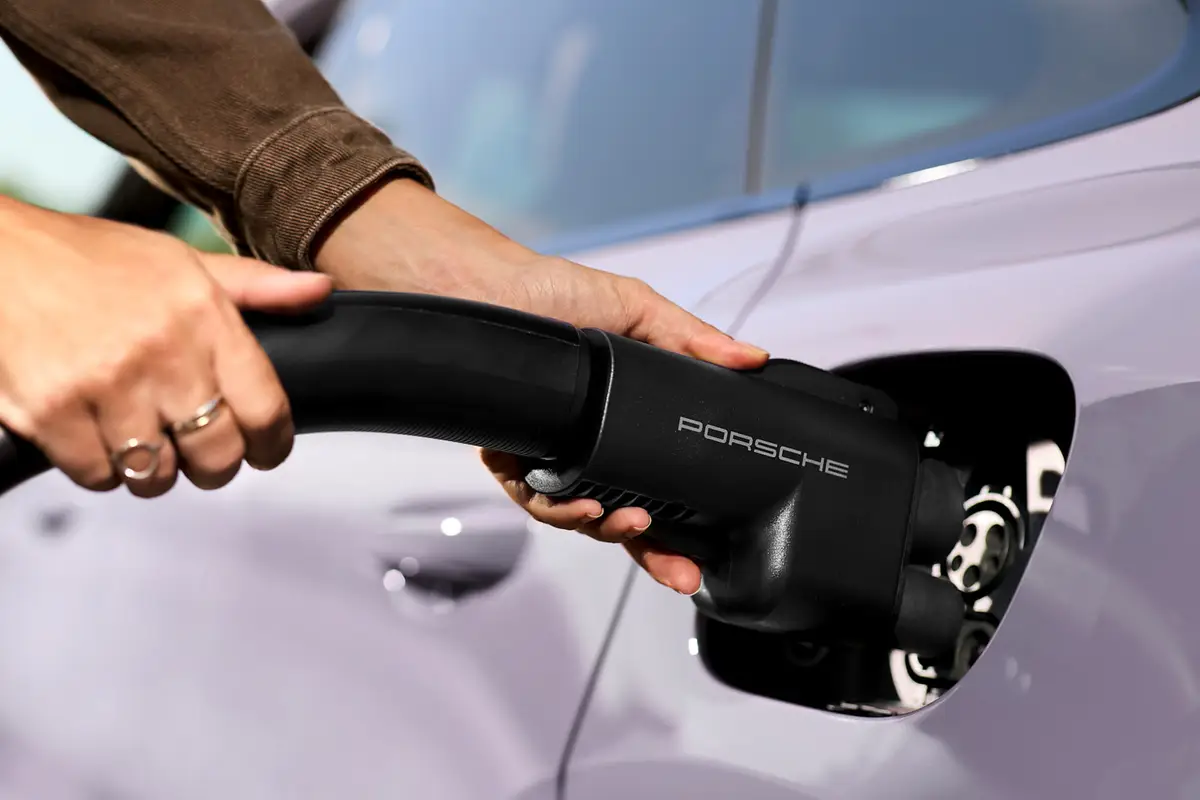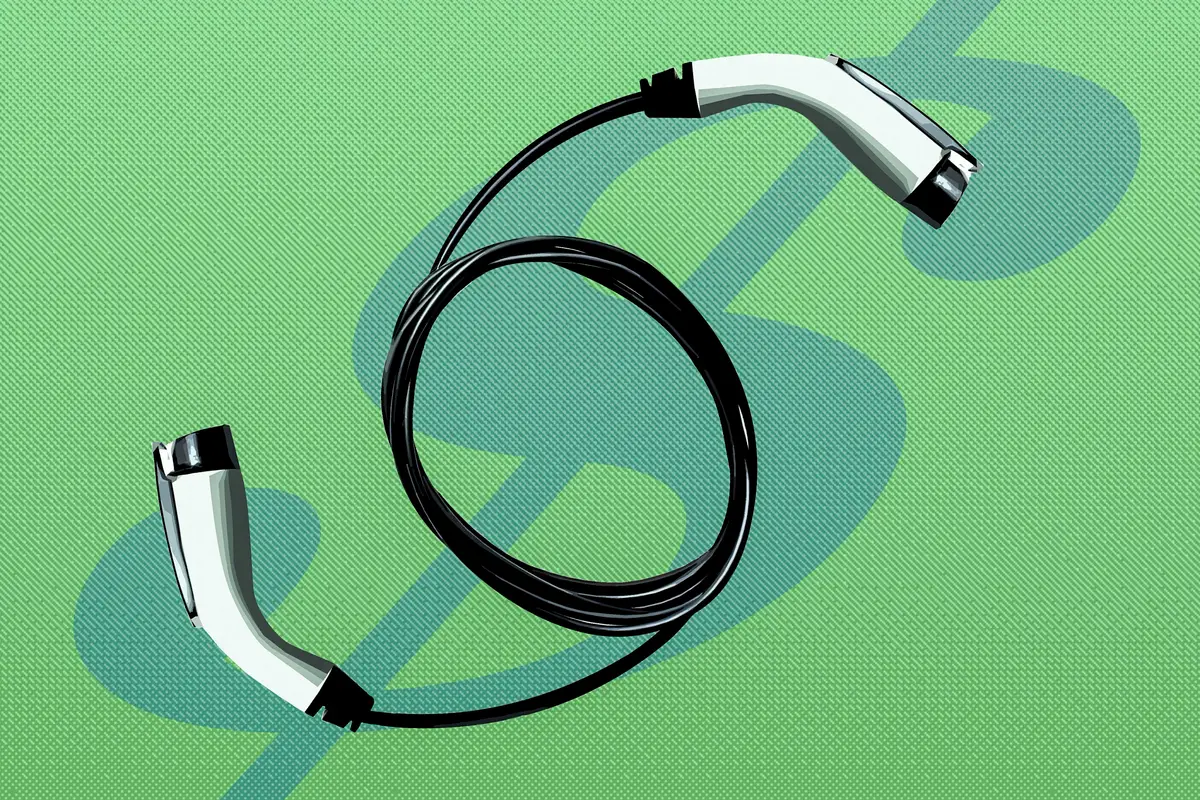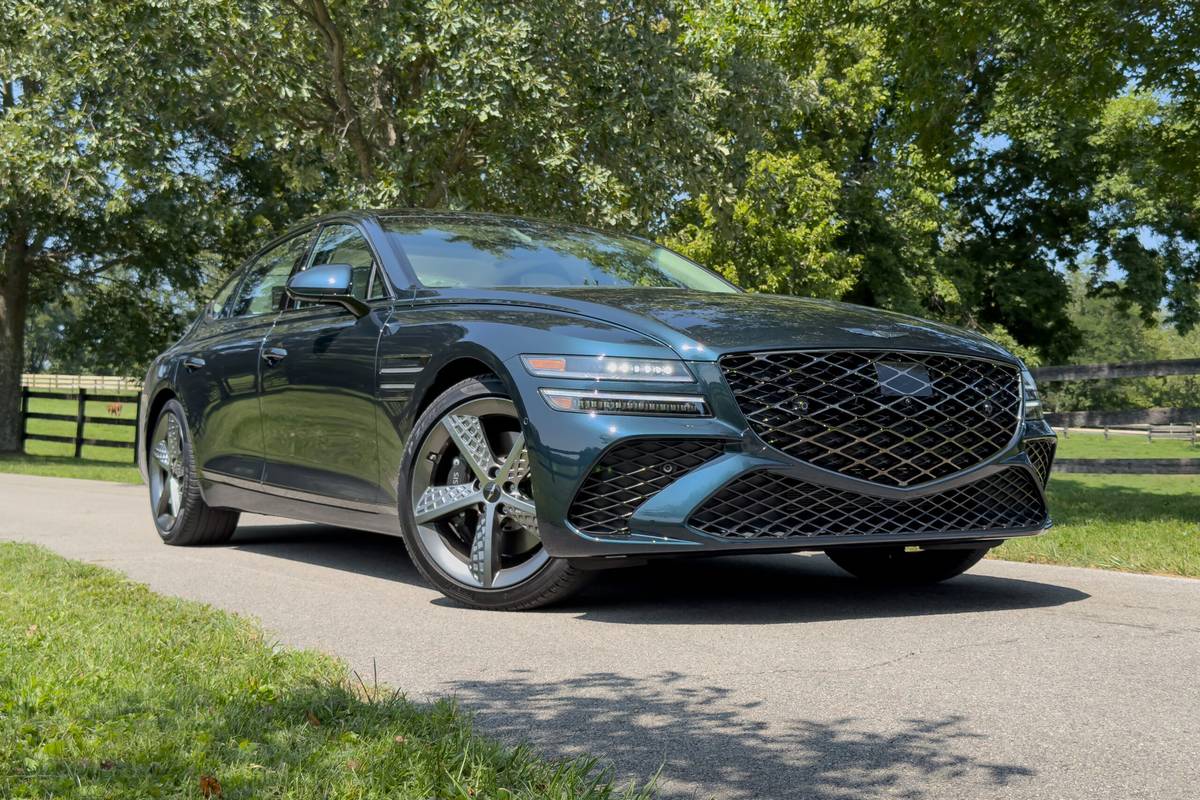Orlando Sentinel's view
At first the 1993 Isuzu Rodeo LS seems boring and dull.
But I found out that the Rodeo is a vehicle you grow to admire the more you drive it.
At first I wasn’t impressed with the Rodeo’s performance. But by the end of a one-week test drive, I was smitten with its smooth acceleration and all-round consistent and competent performance.
Same with the Rodeo’s handling and the interior design. Initially the Rodeo’s handling and interior appointments seemed nothing special.
But once I got accustomed to the Rodeo’s road manners and once I operated the accessories, I began to appreciate the simple, no-nonsense character of the vehicle.
If you compare the equipment you get in the Rodeo LS with what’s available from other automakers, you will probably reach the same conclusion I did: The Rodeo is a solid value.
In fact, the Rodeo is the best-selling imported sport-utility vehicle.
A footnote: The Rodeo is built in Lafayette, Ind., in a factory owned by Subaru and Isuzu.
But because fewer than 75 percent of the Rodeo’s parts are actually manufactured in the United States, the vehicle is considered an import.
The 1993 Rodeo has an all-new Isuzu-built, 24-valve overhead cam V-6 engine. Previous versions of the Rodeo used a 3.1-liter V-6 engine made by General Motors, which owns a large chunk of Isuzu.
With the old V-6, the Rodeo couldn’t kick up much dust. The new engine, which makes 175 horsepower, is an improvement but don’t look for the Rodeo to provide neck-snapping acceleration from low speeds.
At first you might be disappointed with the Rodeo’s acceleration from a stop.
Here’s what’s going on under the hood: The new V-6 engine has four valves per cylinder – a very unusual feature for a sport-utility engine.
Engines with four valves per cylinder generally don’t reach their optimum performance until they are revved up. In fact, engines with two valves per cylinder are usually stronger from a start but can’t rev as high.
With four valves per cylinder, the engine runs smoother because more air and fuel flows through it.
So why the 24-valve engine in the Rodeo? Isuzu representative Bryon Farnsworth said the Rodeo’s engine design takes into account that most people use their sport-utility vehicles as cars instead of taking them off-road.
I found that once you get moving, the Rodeo offers pleasing all-round performance. Our test vehicle came with a four-speed automatic transmission.
Passing slower traffic is best done at speeds between 35 and 55 miles per hour.
Rodeos equipped with the automatic allow the driver to program the shift pattern. In the ”power mode,” the transmission won’t shift until the engine revs a bit higher. In the ”winter driving” mode, the transmission skips first and second gear and starts in third gear; this virtually eliminates wheel-spin on slick roads. Even though icy roads aren’t much of a concern in Central Florida, the winter d riving mode could be handy on rain-slick streets.
The Rodeo delivered a solid 19 mpg in combined city/highway driving using the air conditioner.
HANDLING
When you first drive the Rodeo, you feel as if you’d better not try and take corners quickly.
Then you learn that, although the Rodeo’s suspension system allows the body to lean somewhat, you can drive fairly aggressively if need be.
However, I think the Rodeo handles better at slower speeds. The Rodeo is very maneuverable. It can turn a circle in just 37.7 feet. And the power-assisted steering is tight and responsive.
The Rodeo is one of the quietest sport-utility vehicles I have driven this year.
Road noise is well-muffled. Even over rough surfaces, such as brick roads, you don’t hear much.
The engine is fairly quiet too.
LS versions come with power-assisted four-wheel disc brakes with an anti-lock system operating on the rear brakes only.
I tried a panic stop on a dirt roa . The Rodeo’s front wheels locked up and the vehicle dug in quickly. I also tried a panic stop on a wet road. The front wheels locked up, but the vehicle came to a smooth, easy stop.
FIT AND FINISH
Isuzu does a really nice job building the Rodeo. The materials, such as the brown velour used on seats and the cloth headliner, are high quality and are good-looking, tight-fitting and durable in appearance.
The carpet is thick and soft, and the plastic on the dash has a nice feel to it.
The seats – front and rear – were comfortable. Rear-seat passengers travel first-class. They’ll find plenty of leg and head room.
The cargo area is flat with the rear seats folded forward. Loading items is easy through either the rear doors or through the tailgate.
I like the way the thickly padded steering wheel and the shifter feel.
The controls for the lights and switches are planted on the outer edge of the instrument cluster. At first I didn’t care for the appearance of this setup. But it makes sense. When operating the lights and wipers, you need not take your eyes off the road.
Our test vehicle came with power windows and door locks, stylish alloy wheels, a manually operated sunroof, tilt steering wheel, cruise control and many other features.
All these things help make the Rodeo LS a vehicle worth its asking price. The Rodeo is a solid, though a bit conservative, middle-class sport-utility vehicle.
Truett’s tip: The Isuzu Rodeo LS is a well-equipped, nicely built and spacious sport-utility vehicle that offers good performance and a quiet ride.
Latest news



